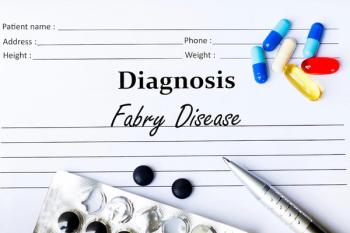
The greatest reduction in skeletal muscle mass was in the lower extremities, a new report shows.
Jared is a freelance writer for The American Journal of Managed Care® (AJMC®), and previously worked as a senior editor for HCPLive® at MJH Life Sciences®.
He has an MA from University of Sioux Falls. You can connect with Jared on LinkedIn.

The greatest reduction in skeletal muscle mass was in the lower extremities, a new report shows.

By giving their patient the correct diagnosis, clinicians avoided costlier treatments for thrombotic thrombocytopenic purpura (TTP) like plasmapheresis.

Investigators say their research could open new avenues of investigation into Chagas disease, the often-neglected tropical disease.

Barriers to acceptance included privacy concerns and fears about the possibility of misinterpretation of messages.
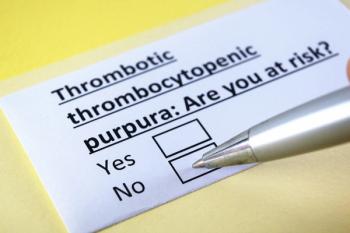
Congenital thrombotic thrombocytopenic purpura (TTP), an ultra-rare disease, can significantly impact quality of life, but clinicians have previously lacked a disease-specific way to track experiences via patient-reported outcomes (PROs).

Fewer patients opt to skip therapy for their multiple myeloma (MM) despite progressive disease than previously thought, a new study suggests.

Highly resourced accountable care organizations (ACOs) were more likely to offer digital health services.

Better diagnostic tests and wider availability of low-cost vaccines would help further decrease cases, the authors said

People with psoriasis were also more likely to have pulmonary comorbidities compared with those who did not have psoriasis.
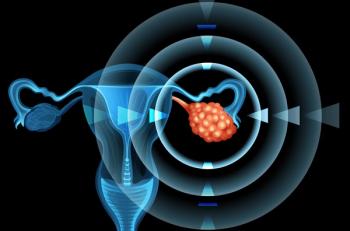
Investigators looked at both primary and metastatic tumors and found correlations between characteristics and patient outcomes.

The most common treatments come with significant cardiovascular risk, but study investigators suggest newer options might offer a more favorable risk profile.

Study authors say the consequences of misdiagnosing osteomyelitis can be severe in the disease setting of sickle cell disease (SCD).
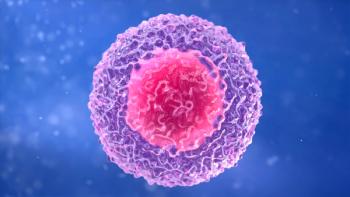
Significant mechanobiological advances have not yet been incorporated into oncology treatment, the authors wrote.

Authors describe 3 patients with cancer who were given interleukin-23 (IL-23) inhibitors for psoriasis or immune-related psoriasis.

Most cases of high-grade serous ovarian cancer are not diagnosed until the disease has reached an advanced stage.

Surgery can be difficult in such cases of diffuse large B-cell lymphoma (DLBCL), but it leads to significant better outcomes, study authors said.

A new review article illuminates why physicians should keep coagulation disorders in mind when evaluating patients with heavy abnormal uterine bleeding.

More than 4 in 10 participants received a rare disease diagnosis as a result of the analysis.

Patients with the chronic skin condition hidradenitis suppurativa were less likely to be hospitalized with COVID-19 vs a control group.

Black children with sickle cell disease (SCD) face a disproportionate burden of social determinants of health (SDOH), the study found.

The findings suggest existing therapies for other cancers may be helpful in multiple myeloma (MM).

The use of probiotics, fecal microbiota transplants, and live biotherapeutics have been effective in phase 3 studies that focus on Clostridioides difficile infection (CDI).

More attention should be paid to prevent acne scarring and address the psychosocial consequences associated with it, authors argue.
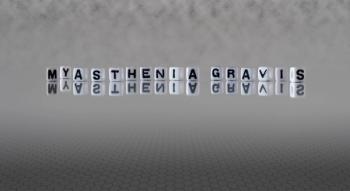
The patient in this case experienced significant muscle weakness after emerging from anesthesia.

The US government has set a goal of achieving viral clearance in 80% of patients by 2030.
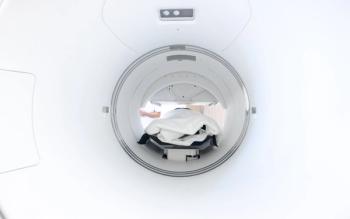
Investigators said it is important for clinicians to interpret scans with knowledge of case-specific context for patients with diffuse large B-cell lymphoma (DLBCL).
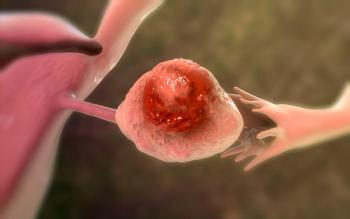
Rates of next-generation sequencing (NGS) more than doubled once a nurse navigation program was implemented.
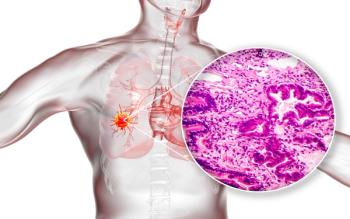
Investigators found no significant impact on survival, however.

Modeling done based on data from a single hospital suggests a transmission-prevention regime meaningfully reduced hospital-onset Clostridioides difficile infection (CDI).

Serial biopsies help explain why patients with late relapses of diffuse large B-cell lymphoma (DLBCL) fare better than those with early relapses.

259 Prospect Plains Rd, Bldg H
Cranbury, NJ 08512
© 2025 MJH Life Sciences®
All rights reserved.
